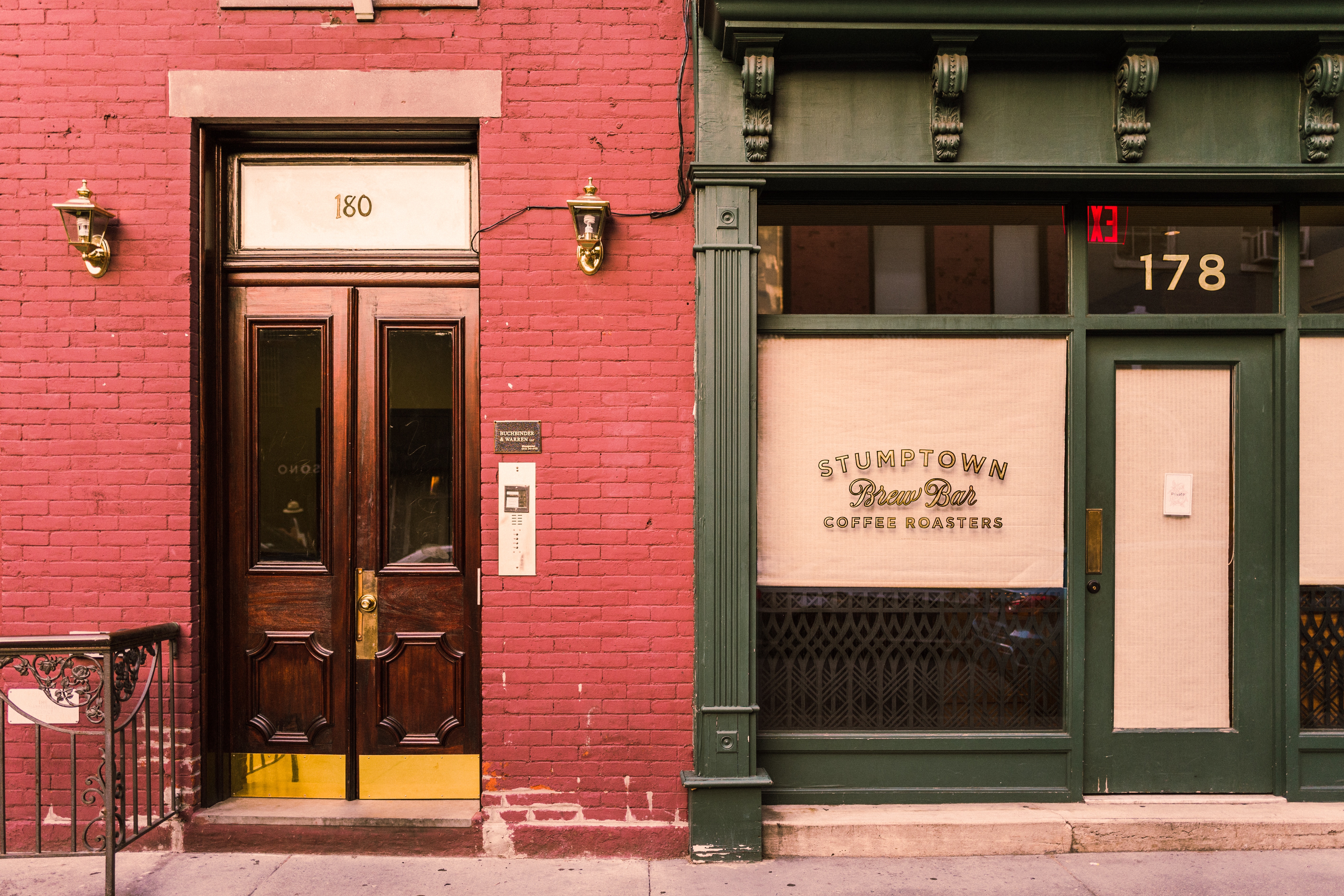How to Identify Hot Commercial Real Estate Markets
One way to identify a potential investment location which is on the precipice of rapid value increase is to understand where gentrification has recently started. Gentrification is “a process of renovation and revival of deteriorated urban neighborhoods by means of influx of more affluent residents” and can be an excellent signal for investment opportunities. One … Read more


